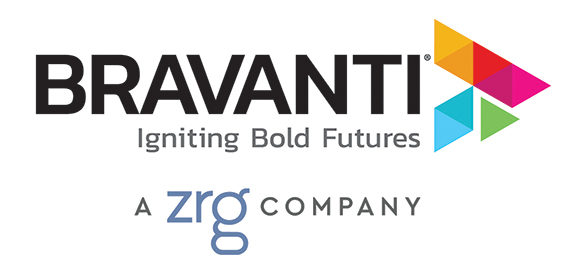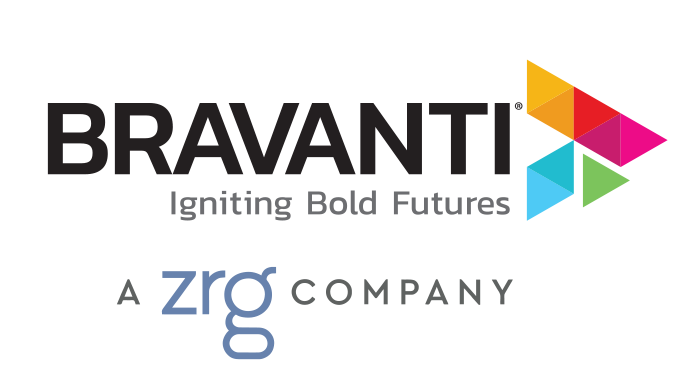By Susan Barbee, CPC, CCSP
Ever been asked the classic interview question, “Tell us about yourself,” and wonder if you should tell your life story or give a play-by-play of every job since college? Or maybe you wrestle to find the right words to explain why someone should hire you, promote you, or buy your services over the competition? If this sounds familiar, you might be struggling with your personal brand.
Over years of coaching leaders and other professionals, one thing stands out to me: even people who are at the top of their career game with bragging rights to a lofty list of accomplishments often struggle to explain what makes them successful. How do their strengths benefit others? Solve company problems? Create winning outcomes?
Getting to the root of these answers can transform your self-presentation when so much is on the line. In essence, your personal brand is one of the most important elements of your career journey. When you’re clear on what you offer, you can remove roadblocks to expanding your influence and growing into the leader you want to be.
What is Personal Branding?
Personal branding is the effort to consistently communicate and present oneself as an authority and elevate one’s credibility. It is built on our core defining values, skills, qualities, experience, and achievements. Having a visible brand creates alignment between external and internal perceptions and helps shape the narrative of who you are.
Why Do Professionals Need a Personal Brand?
Imagine how poised you’ll feel once you can succinctly show the “secret sauce” of your success and how you use it to benefit others. When you master the art of personal branding, you’ll:
- Show the marketplace how you bring value
- Distinguish yourself from the competition
- Boost career security
How to Create a Personal Brand
A personal brand is built on four core pillars that define who you are and what you offer:
- Strengths & Talents
- Competencies & Hard Skills
- Qualities & Soft Skills
- Experience & Achievements
These steps and simple tools will help you to craft your personal story:
Step #1. Survey your personal and professional self through the lens of a lifetime
This perspective helps you see that you have probably maintained similar passions, talents, and personality traits you’ve had since childhood.
- Identify lifetime patterns and personal highlights
- Reflect on patterns back to when you were a kid, including passions and pastimes.
- What skills always come easiest for you? What compliments have you received?
- What personal qualities do you most value?
- Step away, then ask, “what stands out?”
- Rank which passions, skills, and qualities are most important based on motivations, values, or strengths.
- Can you see which key elements tie your past together with the present?
Step #2. Review your proudest achievements and gain clarity about the factors they share
- Uncover the characteristics behind your successes
- Write down your top 6-12 achievements in your life and career. Using the “CAR” format, capture the Challenge, Actions, and Results. Where possible, add a larger impact.
- Name the key skills and qualities behind each contribution or outcome.
- Decide which are most important. Rank skills by motivation and qualities by frequency.
- Discover the common functions or tasks at the root of your achievements
- Combine various elements of the skills and qualities to capture the top things you do that get the results and outcomes that are important to your work and target audience.
- Examples: Strategic planning and implementing an action plan; Developing systems and tools based on needs assessments; Coaching teams while nurturing the individual.
- Now prioritize this list of functions to uncover what you like to do best. These are known as your core success factors.
Knowing and appreciating your core success factors helps shine a light on the value you offer and to whom you offer it, especially when you see your contributions within the context of the marketplace you serve.
Step #3: Put the cherry on top with your pitch
Showing how you can solve a company’s, customer’s or client’s problems is one of the key ways you can gain influence and compel others to hire you, promote you or look to you for leadership.
- Break down how you bring value based on the patterns you saw in your stories
- Using these four prompts, consider the role you want to play going forward:
- Your Role (What you do; not your title)
- How you add value (How you solve problems, or get results)
- How you do it (Your “Secret sauce”, or top skills behind your successes)
- Who you do it for (Your audience)
- Using these four prompts, consider the role you want to play going forward:
- Pull it all together by writing your Branding (or Value) Statement
- “I’m an HR leader who makes improvements that help organizations operate at high levels of productivity by building structures so people can give their best and like what they do.”
I hope you come away with actionable ideas to develop your personal brand and show how your unique gifts and talents can impact the world in a way only you can do.
Content Related to Developing Your Personal Brand
Why Youth or Experience Can Be Advantageous in Today’s Job Search
Been There, Done That: Applying Diverse Work Experiences in the Job Search
Personal Power and the Confidence Gap: Women, Stop Hijacking Your Credibility and Impact
Attitude Matters: How Your Mindset Affects Your Job Search

